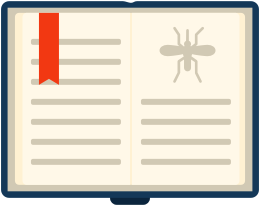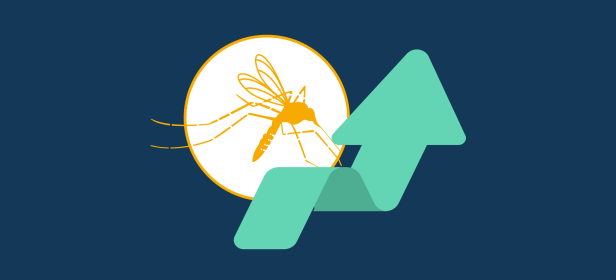Scientists think mosquitoes and primates, such as monkeys and apes, passed a dengue-like virus back and forth in Asia and Africa long before it evolved into the infection that affects millions of people today.1

The first record of dengue-like symptoms in humans was in a Chinese encyclopedia published between 265-420AD,2 and epidemics were reported in the French West Indies and Panama during the 17th century.3
In the 18th century people often referred to severe cases of dengue as ‘break-bone fever’ because, in addition to a high temperature, patients suffered limb and joint pains so severe that they felt their bones were breaking.3
By the 19th century the disease was known as dengue, though it is unclear where the name originated. Dengue epidemics occurred throughout the 19th century in Peru, Brazil, the southern United States and the Caribbean, often in port cities because the disease traveled on trading boats.3,4
Dengue continued to spread in the 20th century. Outbreaks happened more often, and the disease gained a foothold in new regions as soldiers in World War II were stationed around the world. Concerted and organized efforts to reduce infection in Central and South America meant fewer outbreaks in the 1960s and 1970s. But the disease has since returned to these regions.3

Before 1970, only nine countries had experienced severe dengue epidemics. Now you can find dengue in more than 100 countries.5

A growing global population, more people living in cities, more long-distance travel, and poor sanitation and mosquito control have all contributed to dengue’s spread.



